News Beat
News Beat reporting is an idrw.org initiative to let our Readers to report News Based on Actual facts but some how has not been reported in Main Stream Media .
SOURCE: RAUNAK KUNDE / NEWS BEAT / IDRW.ORG

India’s ambitious Ghatak Unmanned Combat Aerial Vehicle (UCAV) program is making significant strides, with the Aeronautical Development Establishment (ADE) and Defence Research and Development Organisation (DRDO) forging ahead in developing a 13-ton remotely piloted strike platform. According to reports from idrw.org, the Ghatak, designed to be powered by the indigenous Dry Kaveri engine, will not only serve as a deep-penetration strike platform but also feature an air-superiority unmanned fighter configuration.
This variant will equip its internal weapons bay (IWB) with air-to-air missiles, enabling Combat Air Patrol (CAP) missions to secure Indian airspace and counter rival strike packages. Despite pending final funding approval, ADE and DRDO are progressing with a prototype that could serve as an engineering model to test critical systems before entering the developmental flight test phase.
Continue readingSOURCE: RAUNAK KUNDE / NEWS BEAT / IDRW.ORG
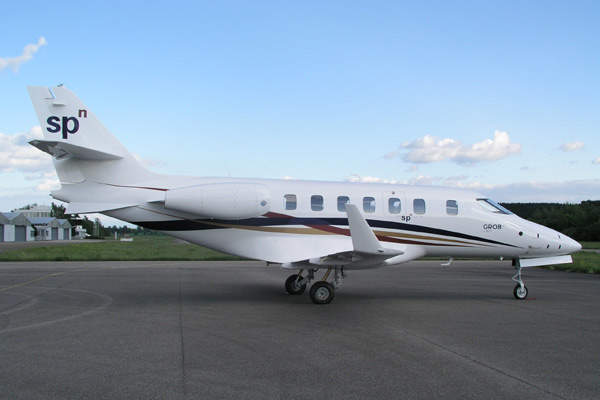

In a significant development for India’s defense aerospace sector, sources close to idrw.org report that the Indian Air Force (IAF) is expressing keen interest in Tata Advanced Systems Limited’s (TASL) High-Altitude Long-Endurance (HALE) program based on the Grob G 180 SPn platform. TASL, a subsidiary of the Tata Group, acquired the intellectual property rights for the German-origin Grob G 180 corporate jet in 2021, with plans to transform it into a manned military aircraft tailored for intelligence, surveillance, and reconnaissance (ISR) missions.
In 2021, TASL made a strategic acquisition by securing all intellectual property rights for the Grob G 180 SPn, a low-wing, twin-engine composite corporate jet originally designed by German manufacturer Grob Aerospace. The platform, which never reached serial production due to financial constraints faced by Grob, was identified by TASL as a promising foundation for military applications. According to TASL, the aircraft is being re-engineered into a manned HALE platform capable of operating at altitudes of 41,000 feet, with a maximum ceiling of 45,000 feet. With a range of 1,800 nautical miles, an endurance of 6–7 hours, and a payload capacity exceeding 1,000 kg, the modified Grob G 180 SPn is designed to meet the IAF’s ISR requirements.
Continue readingSOURCE: RAUNAK KUNDE / NEWS BEAT / IDRW.ORG


In a significant development that could have far-reaching implications for regional air combat capabilities and defense research, sources close to idrw.org have confirmed that India has recovered at least eight pieces of debris from China’s PL-15E Beyond Visual Range (BVR) air-to-air missiles following a recent aerial engagement with Pakistan. Among the recovered items is one near-intact PL-15E missile, along with three partially damaged ones and four sets of missile fragments—none of which hit their intended targets during the engagement.
The recovery of a relatively intact PL-15E is particularly noteworthy, as it has been handed over to the Defence Research and Development Organisation (DRDO) for detailed technical analysis. According to defense sources, the missile’s Ku-band active radar seeker, reportedly still functional, and its dual-pulse solid rocket motor are currently under close examination at DRDO’s advanced weapons laboratories.
Continue readingSOURCE: RAUNAK KUNDE / NEWS BEAT / IDRW.ORG
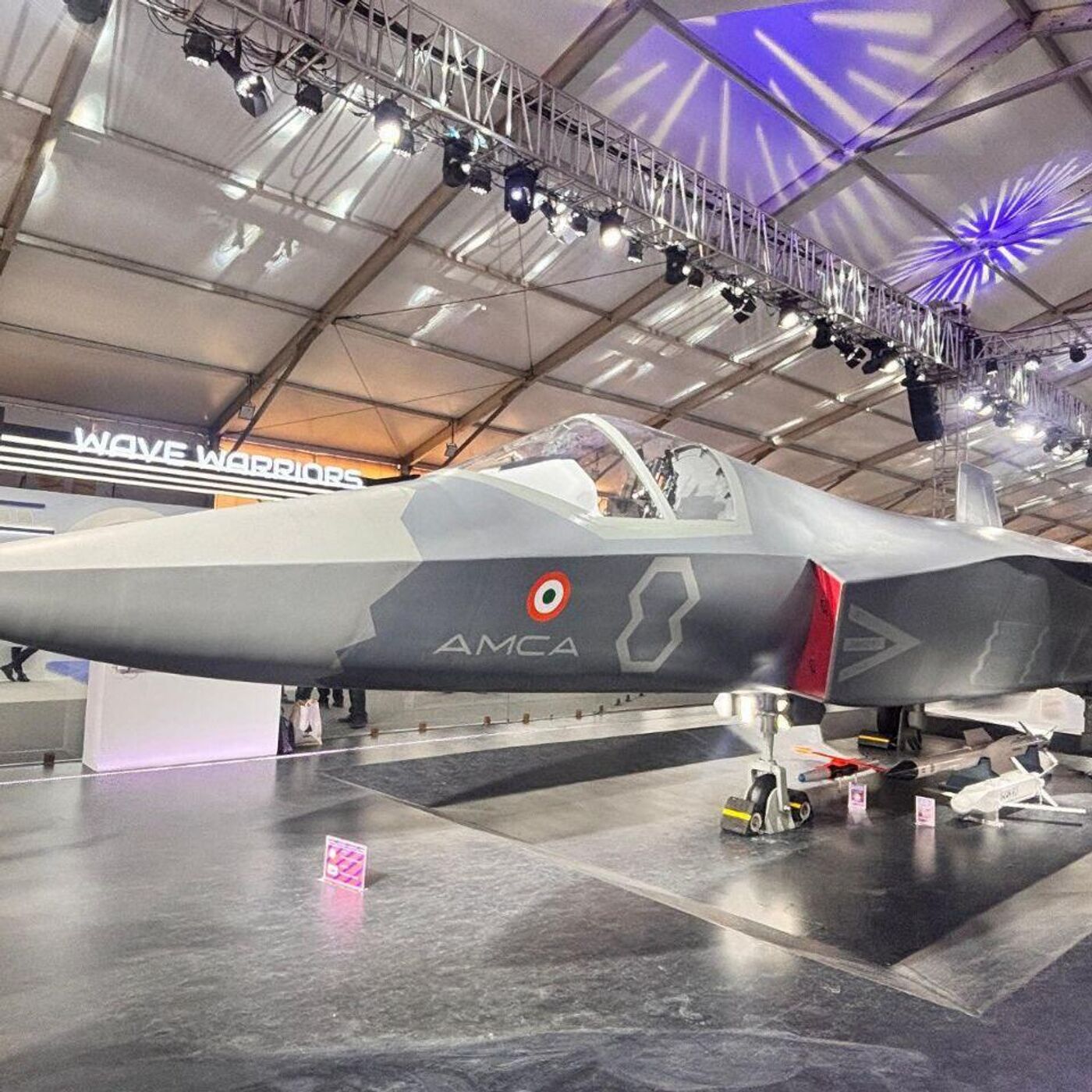

In response to concerns raised by a leading private sector company over limited participation in India’s ambitious Advanced Medium Combat Aircraft (AMCA) program, the Ministry of Defence (MoD) is actively considering a proposal to increase the scope and share of work allotted to private industry partners. The move comes after the company expressed dissatisfaction that its current role, primarily limited to airframe manufacturing, offers insufficient returns on investment.
The AMCA program, spearheaded by the Aeronautical Development Agency (ADA) and Hindustan Aeronautics Limited (HAL), is India’s flagship 5th-generation stealth fighter project. While the government has emphasized the importance of involving private players to boost self-reliance and speed up delivery timelines, current allocations have been viewed as inadequate by industry stakeholders.
Continue readingSOURCE: RAUNAK KUNDE / NEWS BEAT / IDRW.ORG


The Gas Turbine Research Establishment (GTRE), a premier laboratory under India’s Defence Research and Development Organisation (DRDO), is on the verge of signing a transformative deal with an international Original Equipment Manufacturer (OEM) by the end of 2025 for the joint development of a 120kN thrust engine.
According to sources cited by idrw.org, the collaboration aims to deliver a next-generation aero-engine to power India’s Advanced Medium Combat Aircraft (AMCA), a 5.5-generation stealth fighter. The project marks a significant milestone in India’s quest for self-reliance in advanced aero-engine technology, with the engine’s core expected to roll out in four years and a full technological demonstrator, including an afterburner, slated for ground testing by the end of the fourth year.
Continue readingSOURCE: RAUNAK KUNDE / NEWS BEAT / IDRW.ORG


India’s Defence Research and Development Organisation (DRDO) has successfully completed the development of the VISR-AX (Versatile ISR – AESA (X Band)), a next-generation software-defined Active Electronically Scanned Array (AESA) transceiver.
This cutting-edge technology is poised to redefine Intelligence, Surveillance, and Reconnaissance (ISR) capabilities and will be integrated into the Indian Air Force’s (IAF) Indigenous Stratospheric Tactical Airborne Relay (I-STAR) airborne program. The VISR-AX, featuring advanced Gallium Nitride (GaN) tile-based AESA technology and multi-channel RF front-end design, promises to enhance the IAF’s situational awareness, making it a cornerstone of India’s defense modernization efforts amid evolving regional security challenges.
Continue readingSOURCE: RAUNAK KUNDE / NEWS BEAT / IDRW.ORG
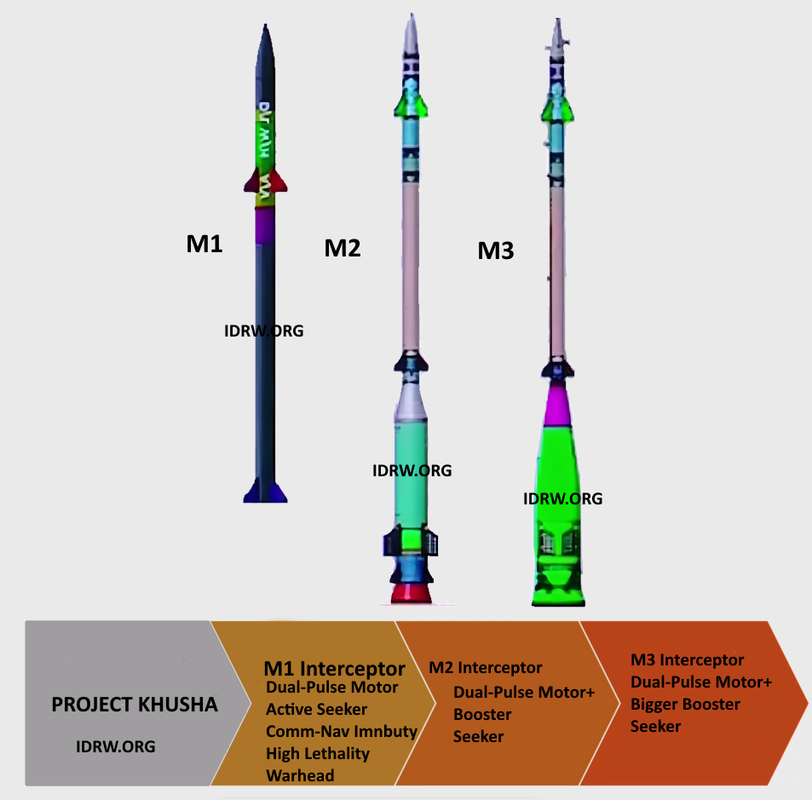

In a significant revelation, Dr. Samir V. Kamat, Chairman of the Defence Research and Development Organisation (DRDO), has stated that India’s indigenous Project Kusha air defence initiative is not merely comparable to the Russian S-400 Triumf system but is instead aligned with the capabilities of the next-generation Russian S-500 “Prometey” system.
Speaking to media and defence officials, Dr. Kamat clarified that Project Kusha is being designed as a cutting-edge long-range air and missile defence system that will rival some of the most advanced systems in the world. “It would not be accurate to compare Kusha with the S-400. It is closer in technological scope and operational intent to Russia’s S-500,” he said, underscoring the ambition and strategic depth of the Indian program.
Continue readingSOURCE: RAUNAK KUNDE / NEWS BEAT / IDRW.ORG


In a significant revelation, sources within the Indian Air Force (IAF) have confirmed to idrw.org that a precision strike conducted during Operation Sindoor on Pakistan’s Bholari Airbase resulted in the destruction of a hangar housing critical assets of the Pakistan Air Force (PAF). The targeted hangar contained a Saab 2000 Erieye Airborne Early Warning and Control (AEW&C) aircraft and four fighter jets, at least three of which were F-16A/B Block-15 multi-role fighter aircraft recently acquired from Jordan.
The strike, executed on the night of May 9–10, 2025, was part of India’s retaliatory operation following Pakistan’s failed missile attacks on Indian military targets. The Bholari Airbase, located less than 100 miles from Karachi in Sindh province, is one of Pakistan’s most advanced operational bases, housing the 19 Squadron and the Operational Conversion Unit (OCU), which operate F-16A/B Block-15 ADF aircraft.
Continue readingSOURCE: RAUNAK KUNDE / NEWS BEAT / IDRW.ORG


In a significant milestone for India’s indigenous defense aviation program, the Tejas MkII, also known as the Medium Weight Fighter (MWF), is on track for its first prototype rollout by the end of 2025, with production slated to commence by early 2029. According to sources close to the Indian Defence Research Wing (idrw.org), Hindustan Aeronautics Limited (HAL) plans to deliver an initial order of 120 Tejas MkII aircraft to the Indian Air Force (IAF) by the end of 2034, achieving an annual production rate of approximately 24 units. This ambitious timeline underscores India’s commitment to bolstering its air combat capabilities and achieving self-reliance under the “Aatmanirbhar Bharat” initiative.
The Tejas MkII is a 4.5-generation multirole combat aircraft designed by the Aeronautical Development Agency (ADA) in collaboration with HAL. Building on the success of the Tejas Mk1 and Mk1A, the MkII features significant upgrades, including a larger airframe, close-coupled canards, a more powerful General Electric F414-INS6 engine, and advanced avionics such as the indigenous Uttam GaN-based Active Electronically Scanned Array (AESA) radar and an Infrared Search and Track (IRST) system. These enhancements make the Tejas MkII a versatile fighter capable of air-to-air and air-to-ground missions, designed to replace aging IAF aircraft like the SEPECAT Jaguar, Dassault Mirage 2000, and Mikoyan MiG-29.
Continue readingSOURCE: RAUNAK KUNDE / NEWS BEAT / IDRW.ORG


In a significant development for India’s defense sector, the Defence Research and Development Organisation (DRDO) is reportedly preparing to test a hypersonic cruise missile as part of its Project ET-LDHCM (End-to-End Test of Long-Duration Hypersonic Cruise Missile). The latest tender documents, detailing the scope of work for the supply of integration jigs and trolleys, provide a glimpse into the meticulous preparations underway for this advanced missile system.
The tender document outlines the supply of critical equipment, including Phase-II integration trolleys for sections 2, 3, and 4 (two units each), an integration jig for airframes, another for engine assembly, and an extension bed for the integration fixture. These components are essential for the assembly and integration of the hypersonic missile, ensuring precision and adherence to design specifications. The document emphasizes that the fabrication of these items must meet the standards outlined in the associated drawings, with the firm required to maintain secrecy throughout the process. Inspection reports must also accompany the deliverables, ensuring quality assurance.
Continue readingSOURCE: RAUNAK KUNDE / NEWS BEAT / IDRW.ORG
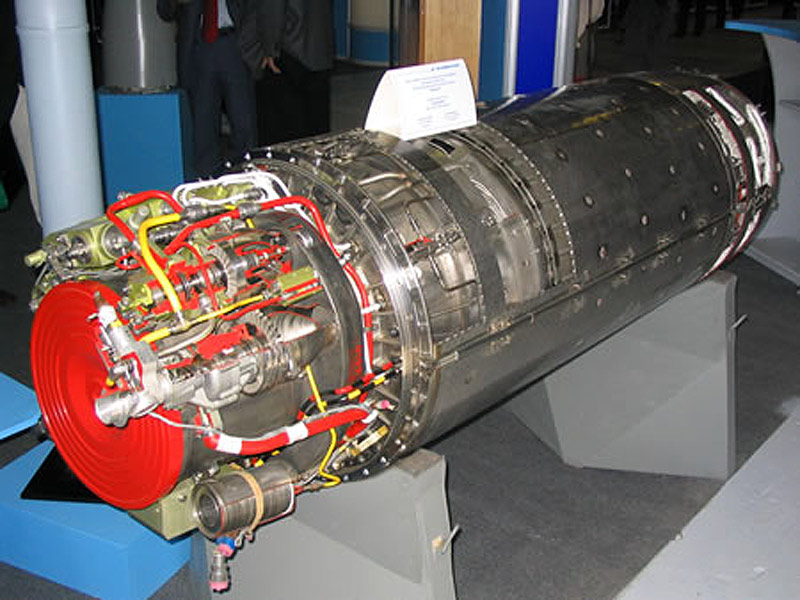

BrahMos Aerospace, the India-Russia joint venture behind the formidable BrahMos supersonic cruise missile, is set to push the boundaries of missile technology with a tweaked ramjet engine designed to propel the missile to speeds exceeding Mach 4.5. According to sources close to idrw.org, ground trials of the enhanced engine are underway, marking a significant step toward bolstering the missile’s performance and ensuring its continued dominance in modern warfare.
The BrahMos missile, renowned for its Mach 3 cruising speed, precision, and versatility, has already established itself as a cornerstone of India’s defense capabilities. Capable of being launched from land, sea, air, and submarine platforms, the missile has a range of up to 450 km (with an extended-range variant reaching 600 km). Its recent deployment in conflicts with Pakistan, where it evaded interception by enemy air defenses, underscores its lethality and reliability in contested environments.
Continue readingSOURCE: RAUNAK KUNDE / NEWS BEAT / IDRW.ORG


In a significant boost to India’s self-reliance in defence manufacturing, the Indian Navy’s recently contracted 26 Rafale Marine (Rafale-M) fighter jets and the Indian Air Force’s (IAF) existing fleet of 36 Rafale jets will be integrated with three indigenous weapon systems: the Rudram-I anti-radiation missile, Astra Mk1 beyond-visual-range air-to-air missile (BVRAAM), and Smart Anti-Airfield Weapon (SAAW).
The Rudram-I, capable of striking targets at ranges up to 150 km, will enhance the Rafale’s Suppression of Enemy Air Defence (SEAD) capabilities, marking a pivotal step in integrating Indian-made weapons into one of the world’s most advanced 4.5-generation fighters. This development, part of the €7 billion (?63,000 crore) Rafale-M contract signed with France on April 28, 2025, underscores India’s push for strategic autonomy under the “Make in India” and “Atmanirbhar Bharat” initiatives.
Continue readingSOURCE: RAUNAK KUNDE / NEWS BEAT / IDRW.ORG
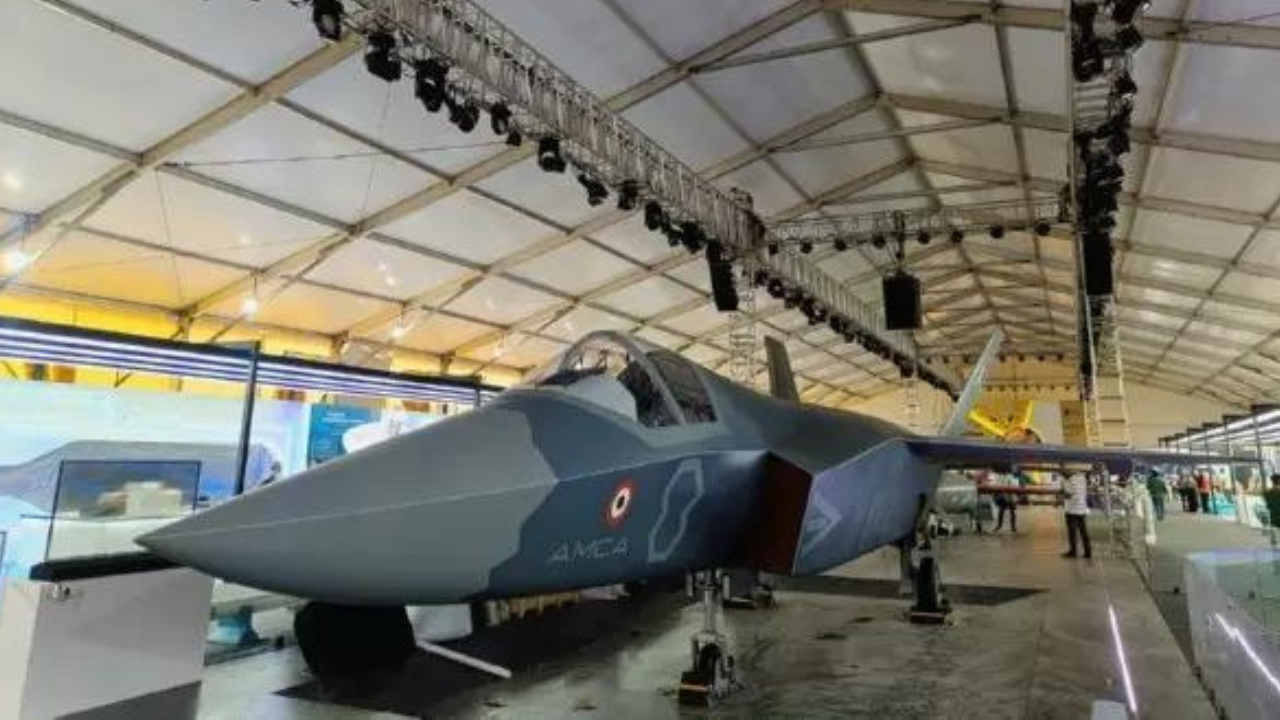

In a recent conversation with BharatShakti Editor-in-Chief Nitin A. Gokhale, Arun Ramchandani, Executive Vice President and Head of L&T Defence, advocated for a National Consortium model as the most effective approach for manufacturing India’s ambitious Advanced Medium Combat Aircraft (AMCA), the country’s indigenous fifth-generation stealth fighter jet. This strategic proposal aligns with India’s push for self-reliance under the Aatmanirbhar Bharat initiative and aims to leverage the collective strengths of public and private sector players to deliver a cutting-edge combat platform for the Indian Air Force (IAF).
The AMCA is India’s flagship project to develop a fifth-generation stealth fighter, designed to enhance the IAF’s combat capabilities with advanced features like stealth, agility, sensor fusion, and AI-assisted mission systems. Conceived as a 25-tonne, twin-engine, multi-role fighter, the AMCA incorporates internal weapons bays, radar-absorbent materials, and serpentine air intakes to ensure low observability. The project, led by the Aeronautical Development Agency (ADA) under the Ministry of Defence, has gained urgency following the IAF’s declining squadron strength—currently at 30-odd squadrons against a sanctioned 42.5—and the lessons learned from Operation Sindoor, a recent conflict that underscored the need for advanced air superiority platforms.
Continue readingSOURCE: RAUNAK KUNDE / NEWS BEAT / IDRW.ORG
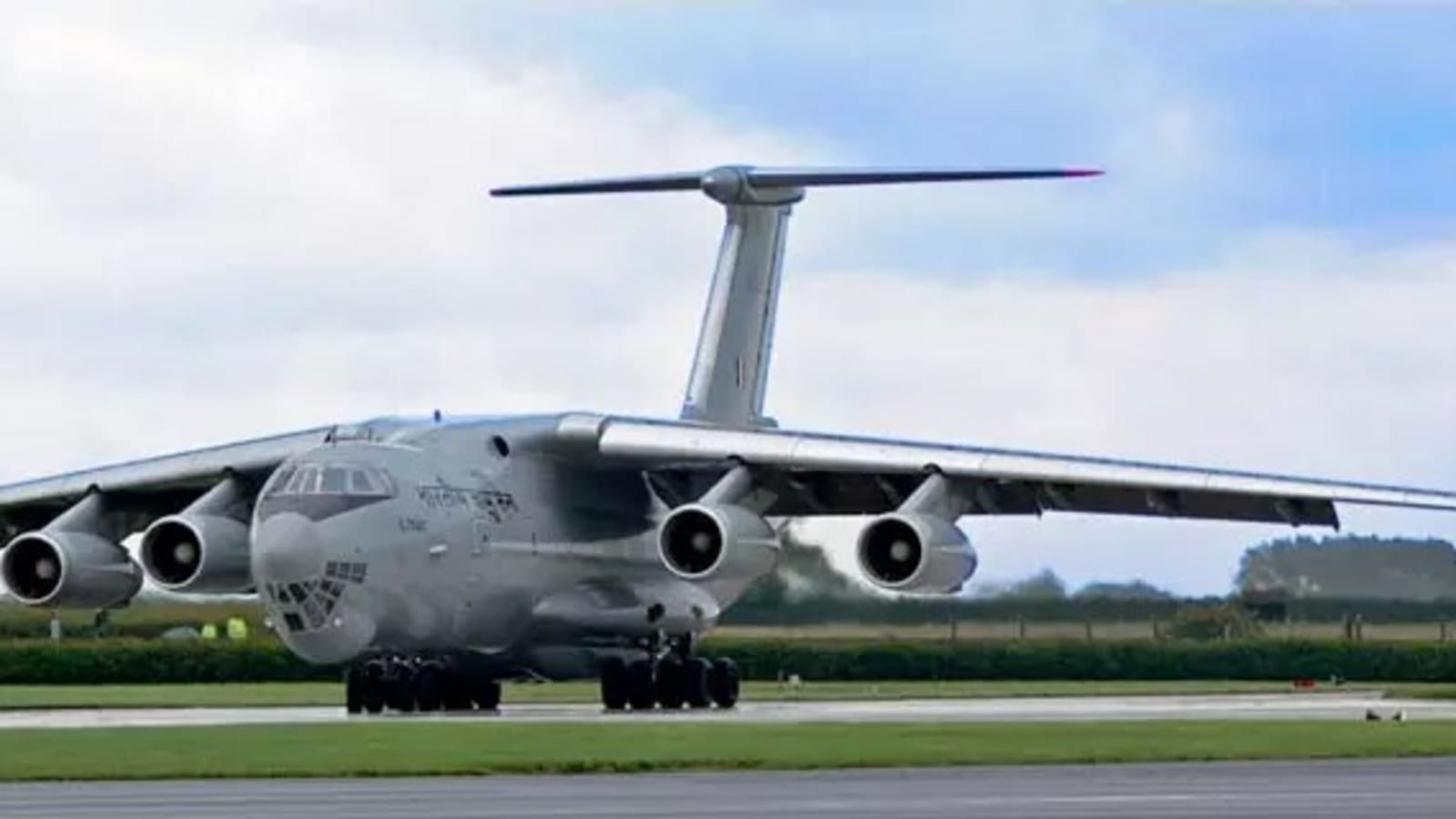

In a significant step toward advancing India’s indigenous aerospace capabilities, the Gas Turbine Research Establishment (GTRE), a key laboratory under the Defence Research and Development Organisation (DRDO), has proposed converting one of the Indian Air Force’s (IAF) Ilyushin IL-76 aircraft into a Flying Test Bed (FTB) for testing the Kaveri Derivative Engine (KDE) and engines for the Advanced Medium Combat Aircraft (AMCA) program. Sources close to idrw.org indicate that this proposal is on the verge of receiving clearance, marking a crucial milestone in India’s pursuit of self-reliance in jet engine technology.
The Ministry of Defence (MoD) has reportedly approached the IAF to explore the feasibility of lending an older IL-76 aircraft for this purpose. The aircraft would serve as a platform for in-flight testing of engines under development, a critical process to validate performance, reliability, and integration under real-world conditions. This move comes as an alternative to India’s reliance on Russia’s Gromov Flight Research Institute, which provides an IL-76 test bed for engine testing but requires a lengthy wait of 9-10 months to schedule such tests. During these tests, one of the IL-76’s four engines is replaced with the engine under evaluation, allowing engineers to assess its performance in flight.
Continue readingSOURCE: RAUNAK KUNDE / NEWS BEAT / IDRW.ORG


Taiwan has formally requested the purchase of India’s indigenously developed Drone Detect, Deter, and Destroy (D4) anti-drone system, sources told idrw.org. The system, developed by the Defence Research and Development Organisation (DRDO) and manufactured by Bharat Electronics Limited (BEL) and Zen Technologies, gained global attention for its effectiveness in neutralizing Turkish-origin drones and loitering munitions during the recent India-Pakistan conflict. Taiwan’s interest marks a significant step in strengthening defense ties with India amid growing regional tensions with China.
The D4 system, a cornerstone of India’s counter-drone capabilities, demonstrated its prowess in Operation Sindoor, where it successfully jammed and neutralized Pakistani drone swarms, including Turkish-supplied Bayraktar TB2 drones and other loitering munitions. The system’s multi-layered approach, combining soft-kill techniques like radio frequency (RF) jamming and GPS spoofing with hard-kill options such as laser-based directed energy weapons (DEWs), proved highly effective in thwarting aerial incursions along India’s western border.
Continue reading